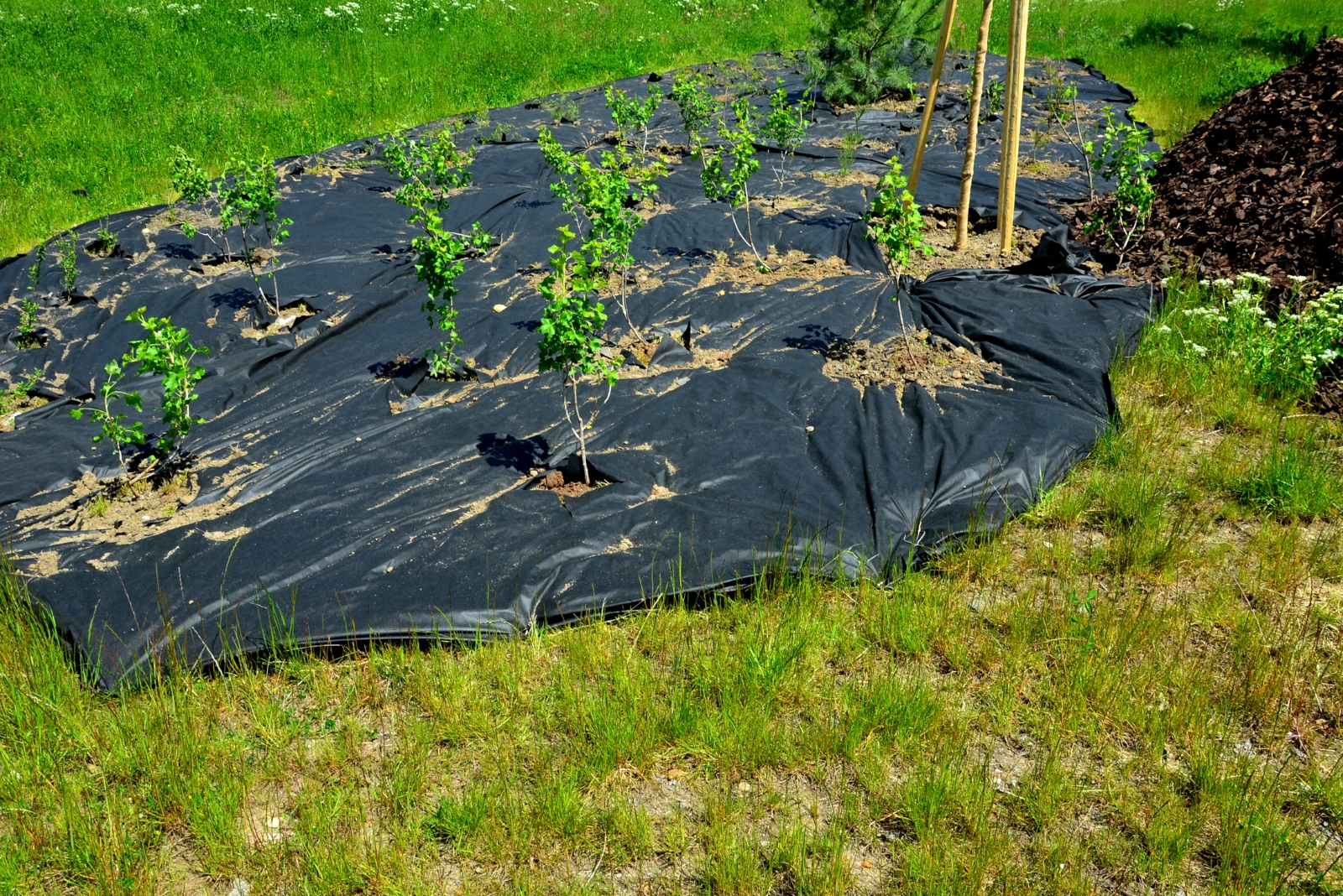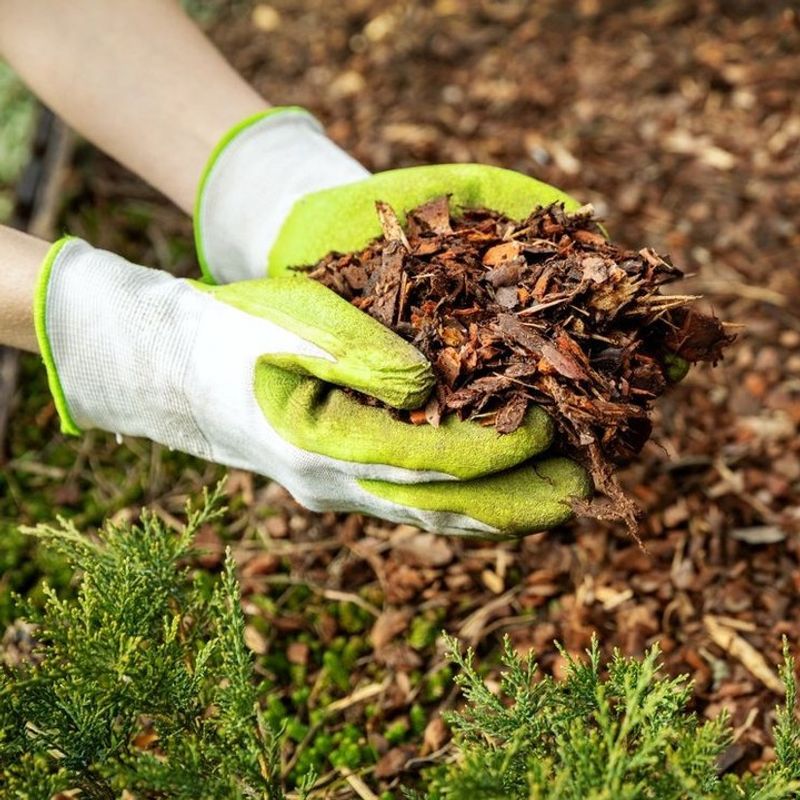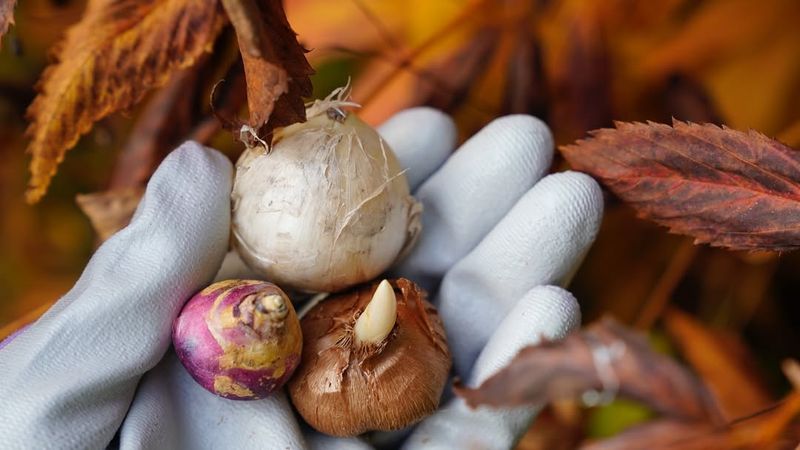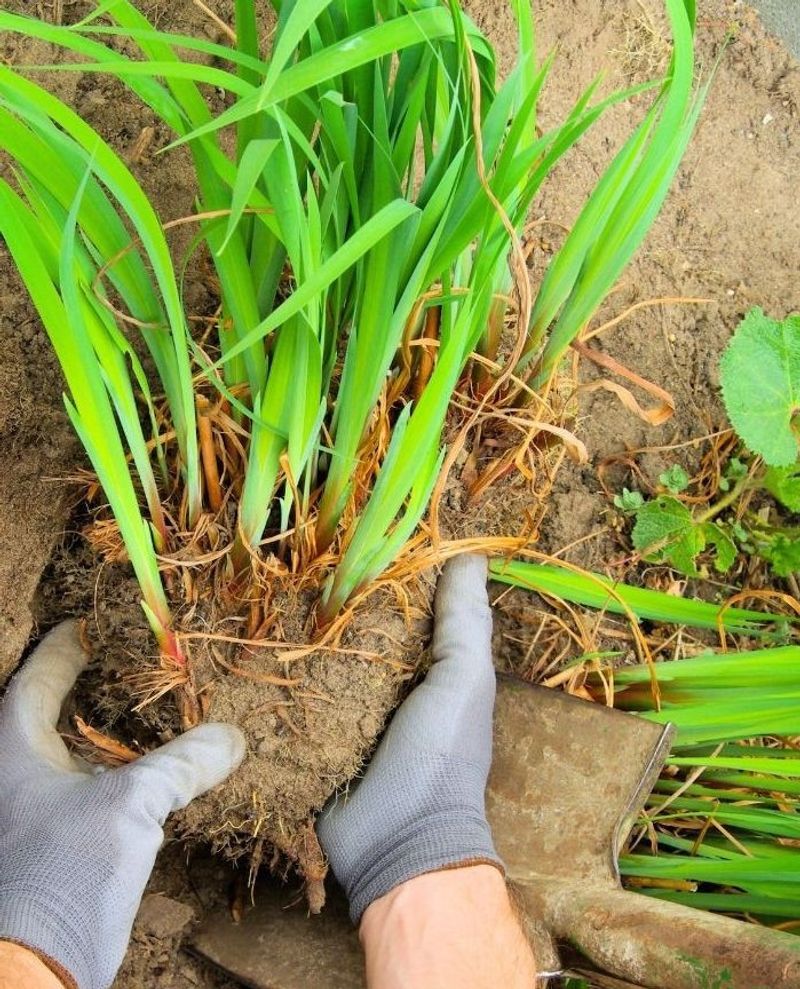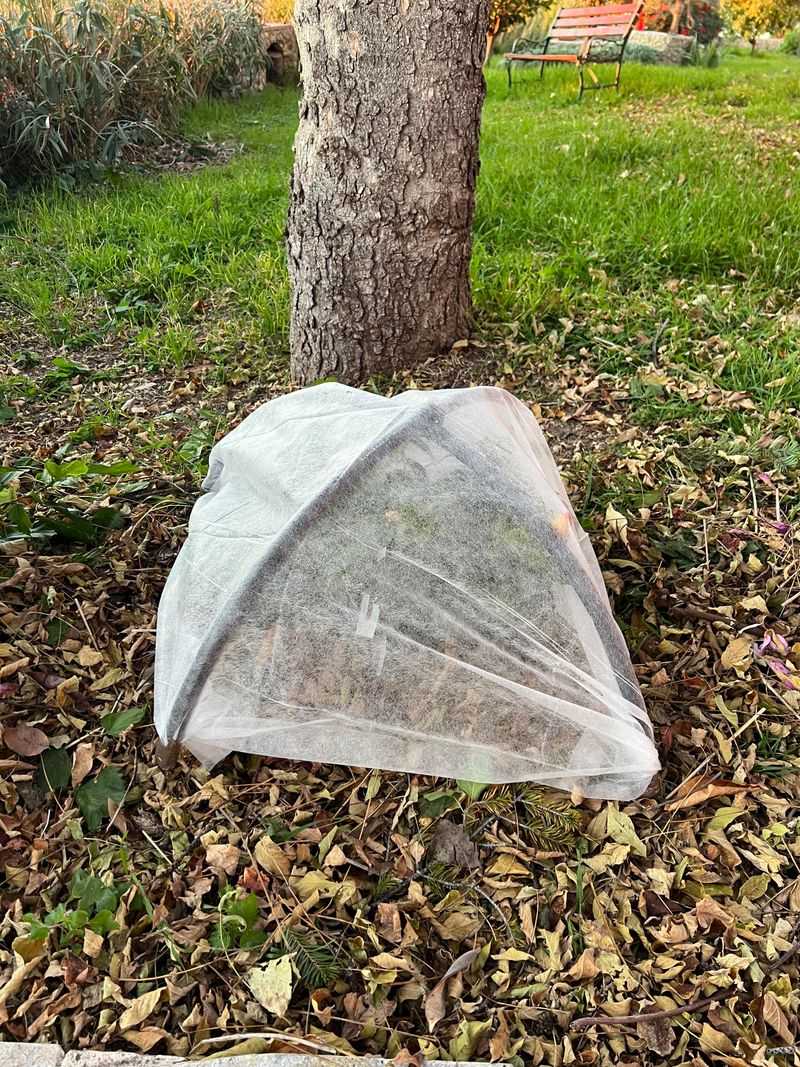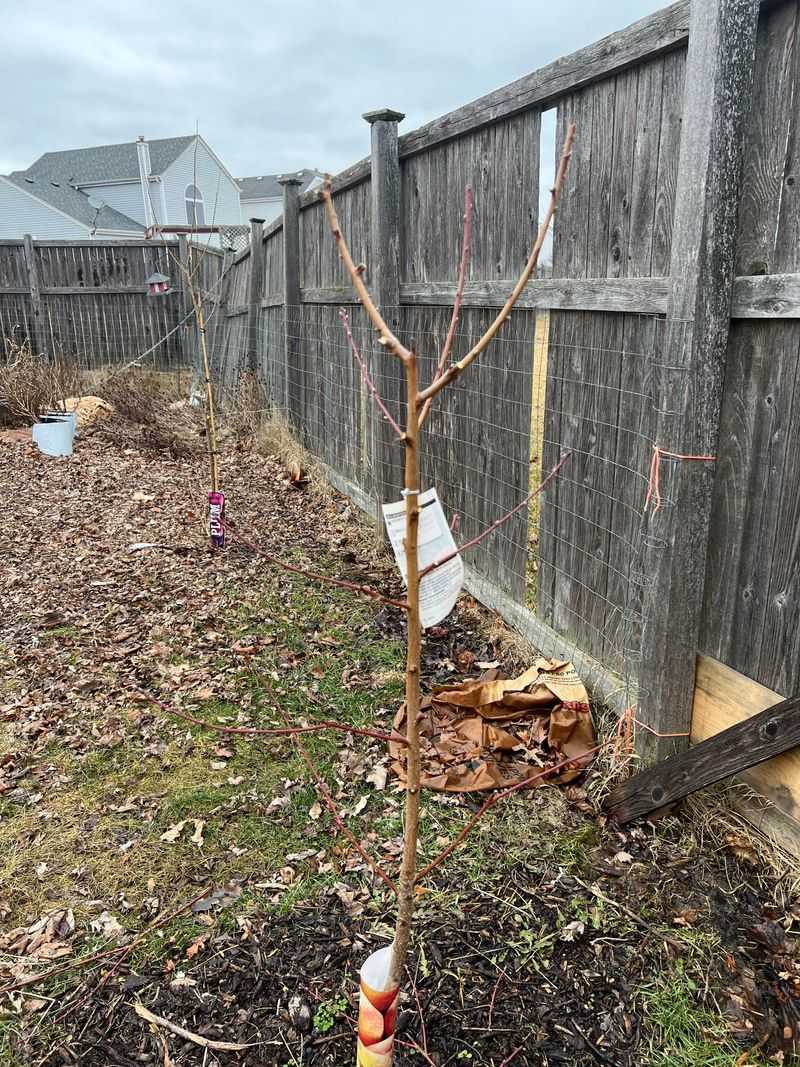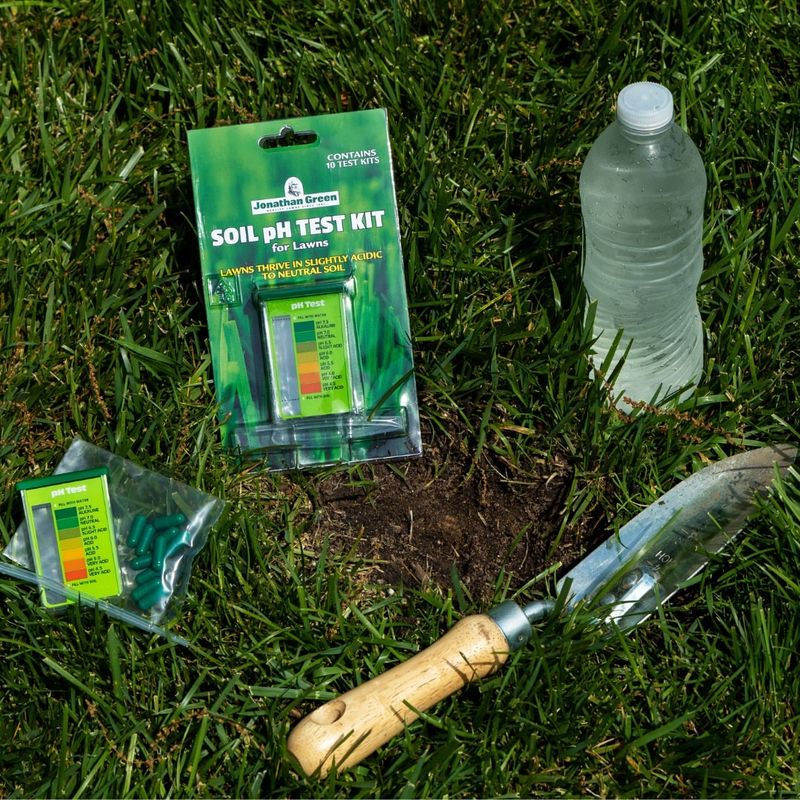That first frost in Washington always feels like a signal to pack everything away, but there’s still plenty worth doing once the chill settles in. I’ve pushed a few of these tasks off before and instantly regretted it when spring rolled around.
Some of them take just a couple minutes and make a huge difference later. You might be surprised how much you can still get done even with frozen mornings.
1. Mulch Around Perennials and Shrubs
Protecting your plants with a thick blanket of mulch helps them survive Washington’s cold winter months. After the ground freezes, spread three to four inches of organic material like wood chips, shredded leaves, or straw around the base of perennials and shrubs.
This insulation prevents the soil from repeatedly freezing and thawing, which can push plant roots right out of the ground. Many Washington gardeners wait until after the first hard frost to mulch, ensuring plants have properly hardened off for winter.
2. Plant Spring-Blooming Bulbs
Believe it or not, chilly Washington soil is perfect for planting tulips, daffodils, and crocuses. These bulbs actually need a cold period to bloom beautifully come springtime.
Plant them about six inches deep in well-draining soil, even if the ground feels cold to the touch. The bulbs will develop strong root systems during winter, then burst into colorful displays when temperatures warm up. Washington’s climate provides exactly the right conditions these bulbs need to thrive and multiply year after year.
3. Clean Up Dead Plant Material
Removing spent plants and fallen leaves prevents diseases and pests from overwintering in your Washington garden. Cut back dead annuals, pull out finished vegetable plants, and rake up diseased foliage.
However, leave ornamental grasses and seed heads that provide winter interest and food for birds. Healthy plant debris can go straight into your compost pile, while diseased material should be thrown away. This cleanup makes spring gardening much easier since you won’t be working around rotting vegetation when planting season arrives.
4. Divide Overgrown Perennials
Fall division gives perennials time to establish roots before Washington’s summer heat arrives. Hostas, daylilies, and ornamental grasses benefit from being split when they’ve grown too large or stopped blooming well.
Dig up the entire clump, then use a sharp spade or knife to separate it into smaller sections with healthy roots attached. Replant divisions immediately and water them in thoroughly. The cool, moist conditions typical of Washington winters help these transplants settle in without the stress of hot weather.
5. Amend Garden Soil
Washington’s rainy winter weather naturally breaks down organic amendments, enriching your soil for spring planting. Spread compost, aged manure, or leaf mold over empty garden beds now.
You don’t even need to dig it in immediately—winter rains and soil organisms will gradually incorporate these materials. Adding amendments after frost means they’ll decompose slowly throughout the cold months, creating nutrient-rich soil by planting time. This simple task dramatically improves soil structure and fertility without much effort on your part.
6. Protect Tender Plants
Some plants need extra help surviving Washington’s occasional harsh cold snaps. Wrap burlap around young trees, tender shrubs, and grafted roses to shield them from freezing winds and temperature swings.
Move container plants closer to your house or into an unheated garage where they’ll stay dormant but protected. Washington’s climate can be unpredictable, with sudden temperature drops that damage plants not fully acclimated. Taking these precautions now prevents heartbreaking losses when unexpected freezes hit your garden during winter months.
7. Prune Fruit Trees and Berries
Dormant pruning encourages healthy growth and better fruit production in Washington orchards. Once leaves have fallen and trees are fully dormant, remove dead, diseased, or crossing branches from apples, pears, and stone fruits.
Berry bushes like blueberries and raspberries also benefit from late-fall pruning. Cut out old canes and shape plants for easier harvesting next summer. Washington fruit growers know that pruning during dormancy reduces disease spread and helps you see the tree’s structure clearly without foliage blocking your view.
8. Harvest and Store Root Vegetables
Root crops actually taste sweeter after Washington’s first frost hits them. Carrots, parsnips, beets, and turnips convert starches to sugars when exposed to cold temperatures, improving their flavor dramatically.
Harvest these vegetables before the ground freezes solid, making digging impossible. Store them in a cool, humid location like a root cellar or refrigerator crisper drawer. Many Washington gardeners consider post-frost root vegetables the best-tasting produce of the entire year, making this harvest particularly rewarding and delicious.
9. Test and Adjust Soil pH
Fall testing gives soil amendments all winter to adjust pH levels before spring planting in Washington gardens. Collect samples from different areas, let them dry, then test using a home kit or send them to a lab.
If results show your soil needs lime to raise pH or sulfur to lower it, apply these amendments now. Washington’s winter rains will gradually work them into the soil, creating ideal conditions by spring. Proper pH ensures plants can actually absorb the nutrients present in your soil throughout the growing season.

